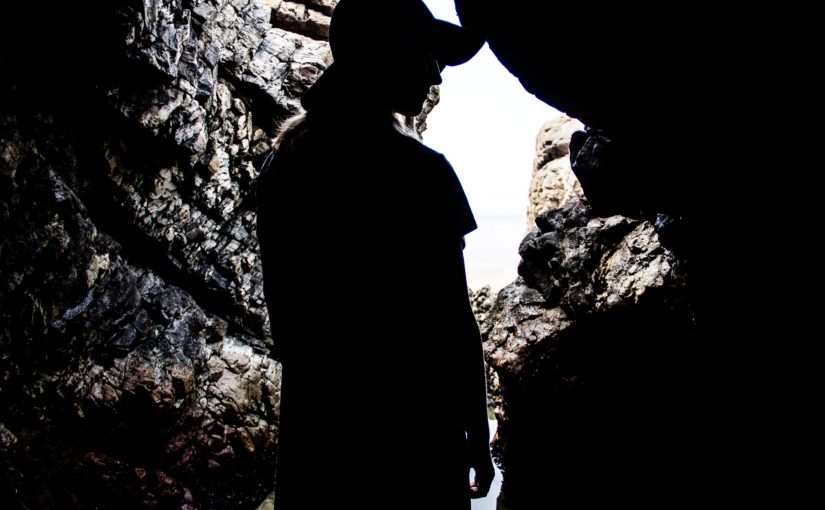BY JACKIE EDWARDS
The ‘dumb Neanderthal myth’ is continually debunked. With the discovery of prehistoric art galleries on rocks worldwide we see how our extinct human cousins appreciated beauty and life. Advancement in understanding Palaeolithic Europeans and their accomplishments and communications – especially as seen through cave paintings – has opened our eyes to a people that were creative and adventurous. Is there anything that we can learn in our modern lives based on an understanding of cave painting? In particular, what can cave paintings teach us about communication and community?
Painting a picture of community
What message about community do some of the oldest cave paintings have for us today? We can learn from the oldest cave paintings in Spain and recent discoveries in America, that date back 6,000 years. Discovering ancient cave images that depict acts of service, celebration or community involvement allude to an understanding of humanity. Today, such things are paramount to our health and well-being. Upper Paleolithic humans understood the importance of community involvement. Today, nine out of ten people report getting a profound ‘emotional high’ from participating in activities that build community cohesion.
The importance of the Magura Cave
The Magura Cave in Bulgaria shows a great example of community. The depiction dating back over 8,000 years, shows women and men engaged in what is thought to be a festival. In the cave art, the community is capturing what is important to them – hunting to provide for the community and a fertility dance. To this day, coming together for important life events is essential human behaviour. The Magura Cave in particular is still a place for the community to gather for music concerts and other events.
Using art to communicate
Cave paintings illustrate the human need to communicate. This communication takes its form in leaving a mark for the future- to help guide, or communicate something so important that it needs a permanent representation. That is why the Altamira Cave in Spain is of major importance. Believed to be over 35,000 years old it mainly depicts bison. It goes beyond what you may have seen in ancient cave art. Instead, with these artworks the creators took into account the rock formations so that they could communicate the viscosity of the animal. The artist used the protruding rocks to exaggerate the features of animals and make them appear as though they were three dimensional. This experimentation shows an understanding of how to communicate effectively using visual prompts.
Pride and persuasion in cave paintings
Effective communication is particularly important when symbolism is used. The human beings ability to communicate symbolically has long been linked with our ‘humanness’. Modern studies on how the brain responds to stimulus shows that humans have a powerful response when an image is distorted. In the Altamira Cave bisons are distorted according to the meat that they offer. Almost like an image in a butcher shop window that advertises the best organic meat available. This shows us that pride and persuasion were big parts of communication when cave painting.
We should not underestimate the importance of visual communication and how it shapes what we see as important. We can question the images we are presented with and endeavour to understand what they represent to us as a community member. Representing our lives via a set of symbols is nothing new. The hashtag movement, children under 12 ‘dabbing’ and a blue thumbs up for liking a youtube clip are all ways that we communicate today. Imagine what people will make of that in 35,000 years!

The Neanderthals likely taught the Cro Magnons more than just cave painting. Mammoth bone huts, spear points, and the Aurignacian lithic technology likely came from the Neanderthals as well.
When he saw the cave paintings at Altamira, Picasso is supposed to have said, “We have learned nothing.”